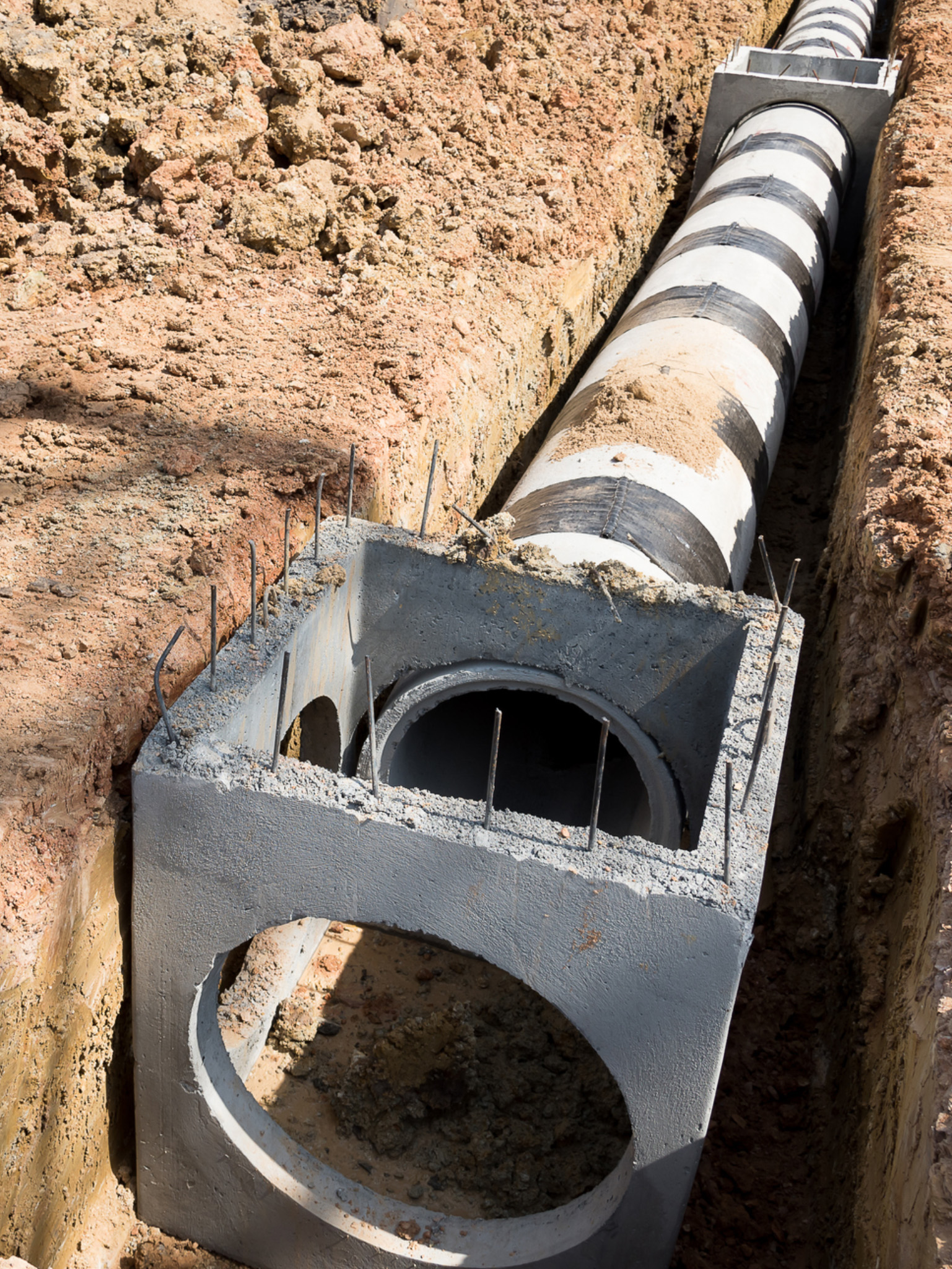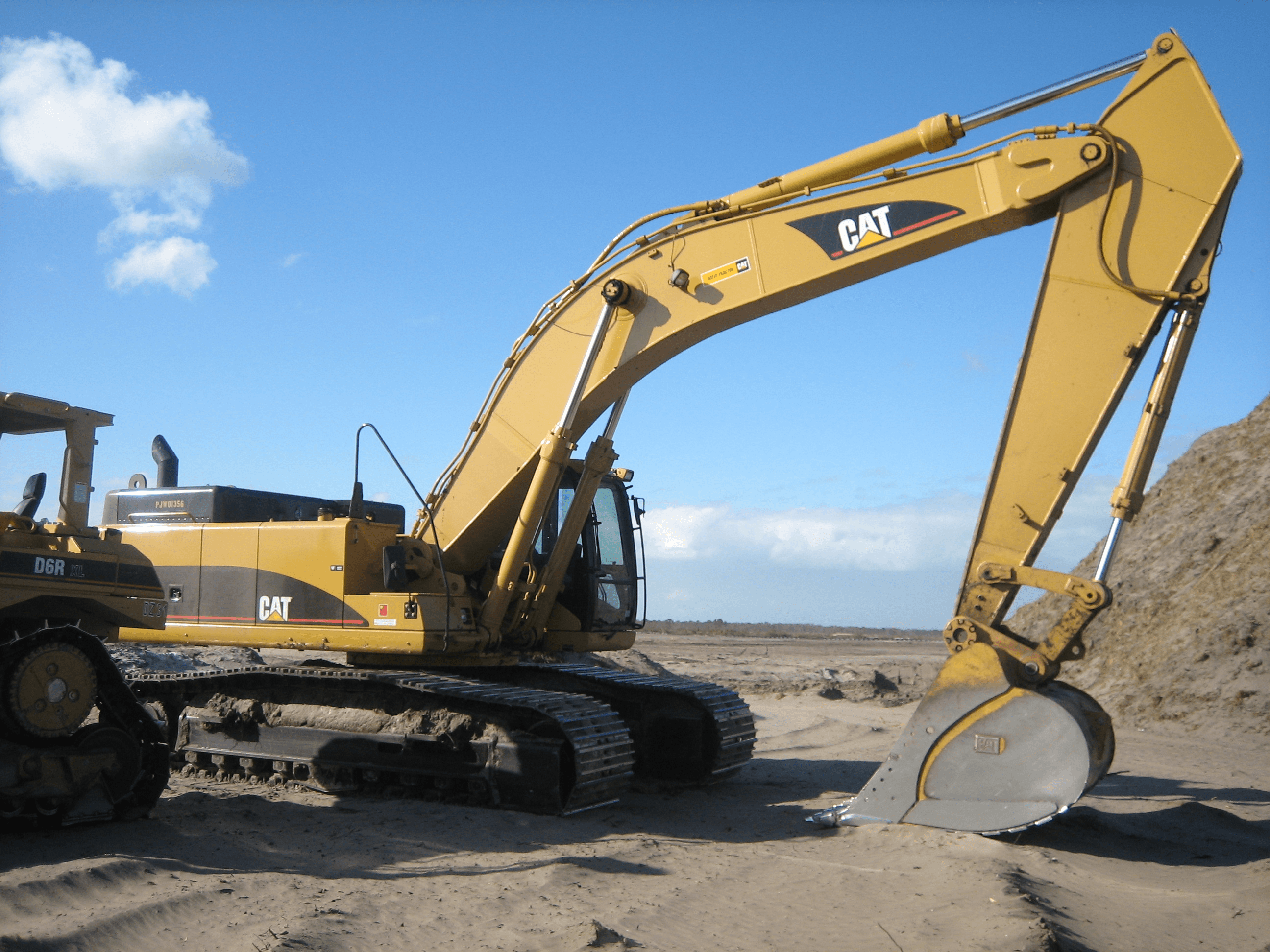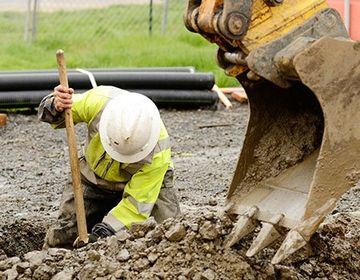Residential Excavating Ohio - Specialized Excavation for Ohio Homes
Residential Excavating Ohio - Specialized Excavation for Ohio Homes
Blog Article
Extensive Exploration: The Scientific Research Behind Superior Excavation Practices
The world of excavation methods is a domain where scientific research links with craftsmanship to discover the mysteries concealed beneath the planet's surface. From ancient hand tools to contemporary hydraulic excavators, the development of excavation techniques has been a testament to human ingenuity and technological improvements. Nevertheless, what absolutely sets remarkable excavation techniques apart is a deep understanding of geological concepts, combined with the application of innovative devices and approaches. By exploring the scientific research behind these techniques, we can discover the tricks that lie under our feet and value the precision and knowledge that go into every dig.
Evolution of Excavation Strategies
Throughout history, the evolution of excavation techniques has played an essential role in advancing building practices and historical explorations. From the rudimentary tools utilized by our ancestors to the sophisticated equipment employed in contemporary times, the development of excavation methods has actually considerably changed just how we approach different projects.
In ancient times, manual work with fundamental devices such as wheelbarrows, pickaxes, and shovels was the main method of excavation. This labor-intensive procedure limited the deepness and scope of excavations, often leading to sluggish progression and limited access to particular sites. As people progressed, so did the techniques and tools made use of for excavation.
The Industrial Change noted a transforming factor in excavation methods with the introduction of steam-powered machinery. This technology transformed the area, allowing for faster and extra comprehensive excavations. In contemporary times, modern technology plays a pivotal function in excavation, with developments like general practitioner systems, drones, and 3D scanning enhancing accuracy and effectiveness in the field. The evolution of excavation methods remains to shape the means we develop, check out, and comprehend the world around us.
Duty of Innovation in Excavation

The integration of cutting-edge technology has fundamentally revolutionized the area of excavation, enhancing accuracy and efficiency to unprecedented levels - lancaster trenching. One of the key technological improvements that has substantially impacted excavation techniques is the usage of GPS systems.
Furthermore, the arrival of 3D modeling and simulation software application has structured the preparation procedure for excavation projects. Drivers and engineers can now imagine the whole excavation process before beginning, optimizing and identifying potential obstacles operations. Combined with this, the application of drones in excavation activities has actually helped with aerial surveys, volumetric measurements, and site examinations with unequaled rate and precision.
Geological Principles in Excavation
An understanding of geological concepts is necessary for ensuring the structural stability and stability of excavation websites. Geological factors play a critical role in figuring out the feasibility and safety of excavation tasks (septic ohio). One key geological concept to take into consideration is the type of soil or rock existing at the site. Different soil types, such as clay, crushed rock, or sand, have varying degrees of security and require different excavation methods. As an example, cohesive dirts like clay might need additional assistance to avoid collapses, while sandy soils might be prone to disintegration throughout excavation.
Additionally, the geological structure of the area, consisting of mistakes, fractures, and rock developments, need to be carefully evaluated to identify potential risks and obstacles. Excavating near geological fault or unpredictable rock developments can result in instability and potential dangers. By performing complete geological studies and evaluation, excavators and engineers can create approaches to reduce dangers and guarantee the successful conclusion of excavation projects. Ultimately, incorporating geological concepts right into excavation practices is important for accomplishing secure, effective, and sustainable outcomes.

Most Current Tools for Excavation
In the world of excavation practices, contemporary technologies in devices have actually changed the performance and accuracy of excavation processes. One of the most up to date tools making waves in the sector is the usage of drones equipped with sophisticated imaging innovation. These drones can supply thorough airborne studies of excavation sites, using real-time information on topography and possible threats. This details help in better planning and decision-making during the excavation procedure.
An additional cutting-edge tool gaining popularity is the execution of 3D printing innovation for producing customized excavation equipment. This permits the production of specialized devices that are customized to the specific needs of a project, increasing effectiveness and reducing downtime.
Furthermore, advancements in products science have led to the development of more powerful and more resilient excavation devices. lancaster trenching. Tungsten carbide-tipped excavator accessories, for instance, offer remarkable efficiency in challenging ground conditions, enhancing performance on-site
Science's Effect on Excavation Practices

Furthermore, improvements in products scientific research have actually led to the development of more powerful, much more long lasting excavation tools and equipment. As an example, the usage of composite materials in shovels and diggers has actually boosted their performance and long life, ultimately enhancing performance on excavation sites. Furthermore, clinical research on dirt auto mechanics and geotechnical engineering has provided valuable understandings right into soil behavior, allowing excavation specialists to make enlightened choices concerning excavation methods and soil stabilization techniques. On the whole, scientific research continues to drive development and improvement in excavation methods, making excavation projects a lot more effective, economical, and sustainable.

Verdict
To conclude, the advancement of excavation strategies has been significantly influenced by developments in modern technology and a deeper understanding of geological principles. The latest devices and tools made useful reference use of in excavation have improved effectiveness and precision in the area. The application of scientific expertise has considerably improved excavation practices, bring about much more reliable and lasting approaches for digging deep into numerous kinds of products.
In the world of excavation practices, modern technologies in tools have actually revolutionized the efficiency and precision of excavation procedures. By leveraging scientific principles, the excavation industry has been able official site to considerably enhance performance, precision, and security in excavation processes. GPR allows excavation teams to non-invasively check and map subsurface frameworks, energies, and prospective risks, enabling them to prepare excavation jobs with better precision and minimized risk of accidents.
Additionally, clinical research study on dirt auto mechanics and geotechnical design has given valuable insights into soil behavior, enabling excavation experts to make enlightened decisions pertaining to excavation techniques and dirt stabilization techniques. Generally, scientific research proceeds to drive technology and enhancement in excavation methods, making excavation projects a lot more effective, cost-effective, and lasting.
Report this page